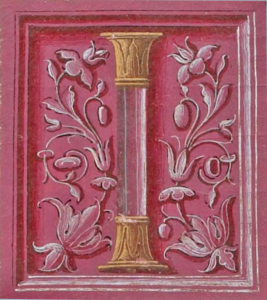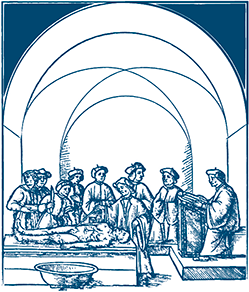Sweat it Out!


Sweat it Out!
Insensible Perspiration in the Eighteenth Century
Ruben Verwaal
6 December 2022 – 5 PM (CET)
This paper argues how perspiration could undergo a drastic reconceptualisation in eighteenth-century medicine.
Thanks to Santorio Santori’s famous studies with the weighing chair, the ancient notion of insensible perspiration continued to be perceived as essential to one’s health. But despite its emphasis on quantification, Santorio’s work reflected long-standing views on perspiration closely aligned to digestion and health as balance of humours.
Dutch physicians of the Boerhaave school instead paid particular attention to the role of microscopic nerves and nervous juice. Johannes de Gorter, for example, incorporated chemical examinations and neurological descriptions to develop a more detailed theory of the internal physiology of perspiration.
It allowed him to explain diseases like catarrh (similar to the common cold), and to justify the efficacy of his preferred treatment—sal ammoniac—which made his patients sweat out the disease.
So the concept of insensible perspiration continued to play a pivotal role in the preservation of health throughout the early modern period. Yet how it exactly worked, changed significantly at the turn of the eighteenth century.
About the Speaker ...
Ruben Verwaal studied history of the sciences and humanities at Utrecht University and wrote a MA thesis on the reception and dissemination of Chinese medicine in early modern Europe.
He worked at the University Museum and Dutch Railway Museum before starting a PhD within the NWO Vidi project ‘Vital Matters’ at Groningen University. His PhD project ‘Blood, Sweat and Tears’ investigated how the chemistry of bodily fluids helped establish a new medical system in eighteenth-century Europe.
Since 2018 Ruben works as curator of the medical collections at Erasmus University Medical Centre, Rotterdam. Now he has joined the Institute for Medical Humanities, Durham University, to conduct his NWO Rubicon postdoc project (2019-2022) on deafness and hearing difference.







